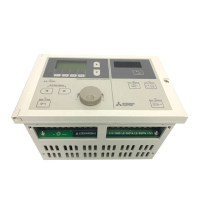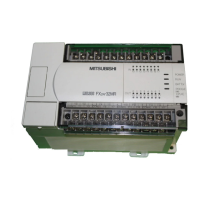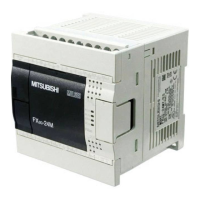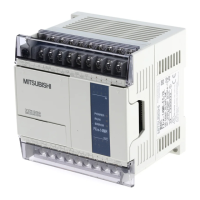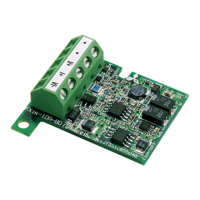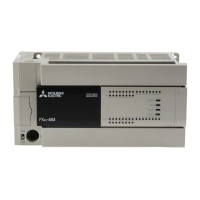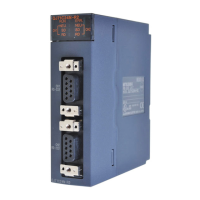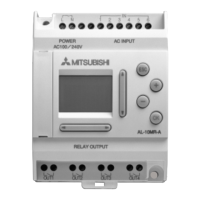108
3.13.2 Remote PAUSE
This operation externally changes the operating status of the CPU module to PAUSE, keeping the CPU module switch
in the RUN position.
PAUSE status is a status where program operations in the CPU module are stopped, holding the status (on or off) of all
outputs (Y).
This operation is useful, especially during the process control, to hold the on status of outputs (Y) even after the
operating status of the CPU module is switched from RUN to STOP.
(1) Executing method
There are three methods for performing the remote PAUSE operation.
• Using a PAUSE contact
• Using a programming tool
• By an external device using the MC protocol
(a) Using a PAUSE contact
Set a PAUSE contact.
Project window [Parameter] [PLC Parameter] [PLC System]
When setting a PAUSE contact, set a RUN contact as well. (Setting of only a PAUSE contact is not allowed.)
Set a device used as a contact.
OFF
ON
0 END
PAUSE status
0 END
0
0
END END
PAUSE enable coil (SM206)
OFF
ON
PAUSE contact (SM204)
OFF
ON
RUN/PAUSE status
RUN
RUN
PAUSE
Turns on at execution of the END
processing in the scan where set
PAUSE contact and SM206 turn on.
The CPU module enters the PAUSE status and
stops operation when an operation is processed up
to the END instruction in the scan next to the one
where the PAUSE contact turns on.
Turning off the PAUSE contact or SM206 will
exit the PAUSE status and restart program
operation from step 0.
Set PAUSE contact
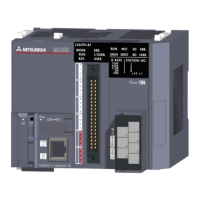
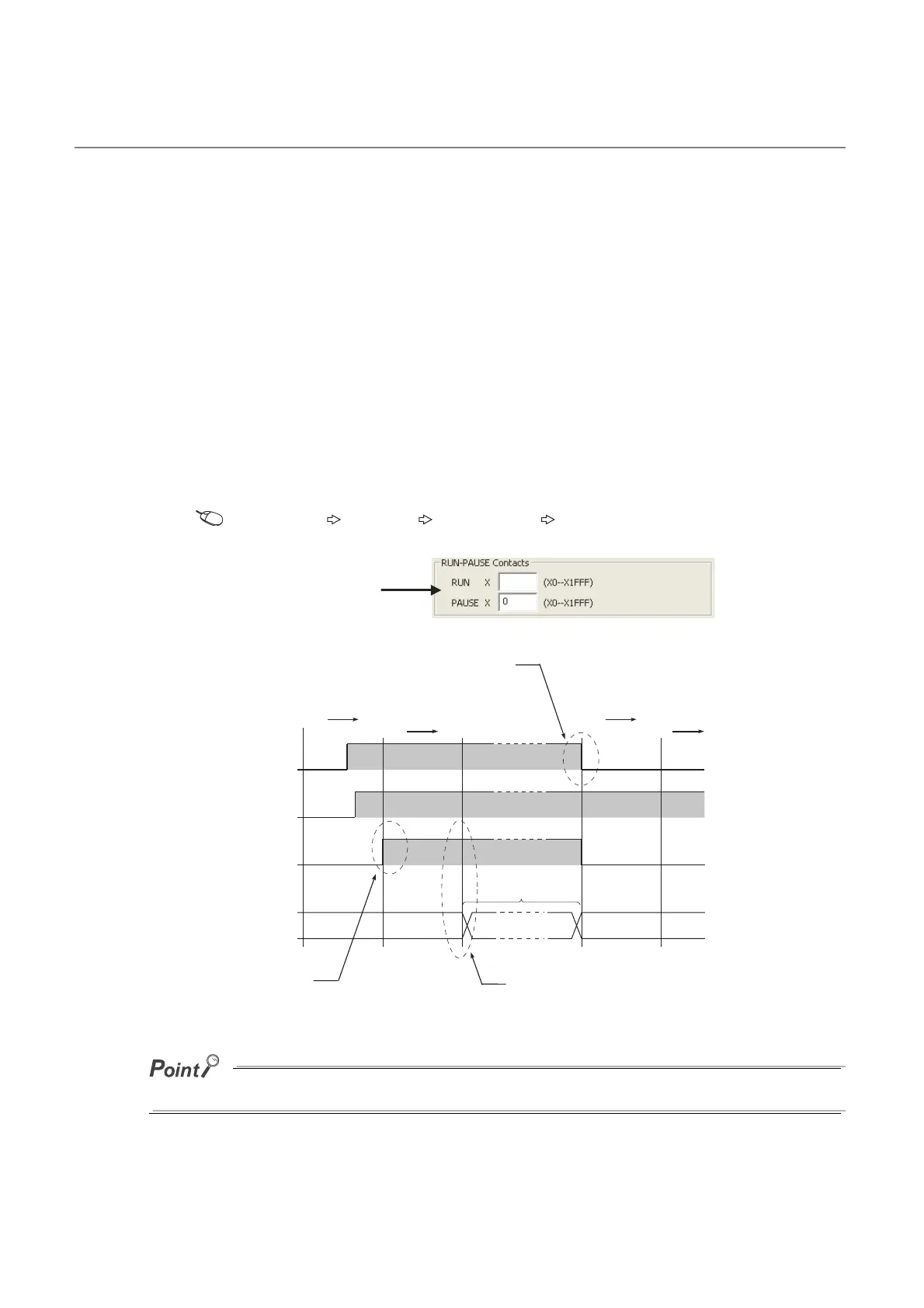